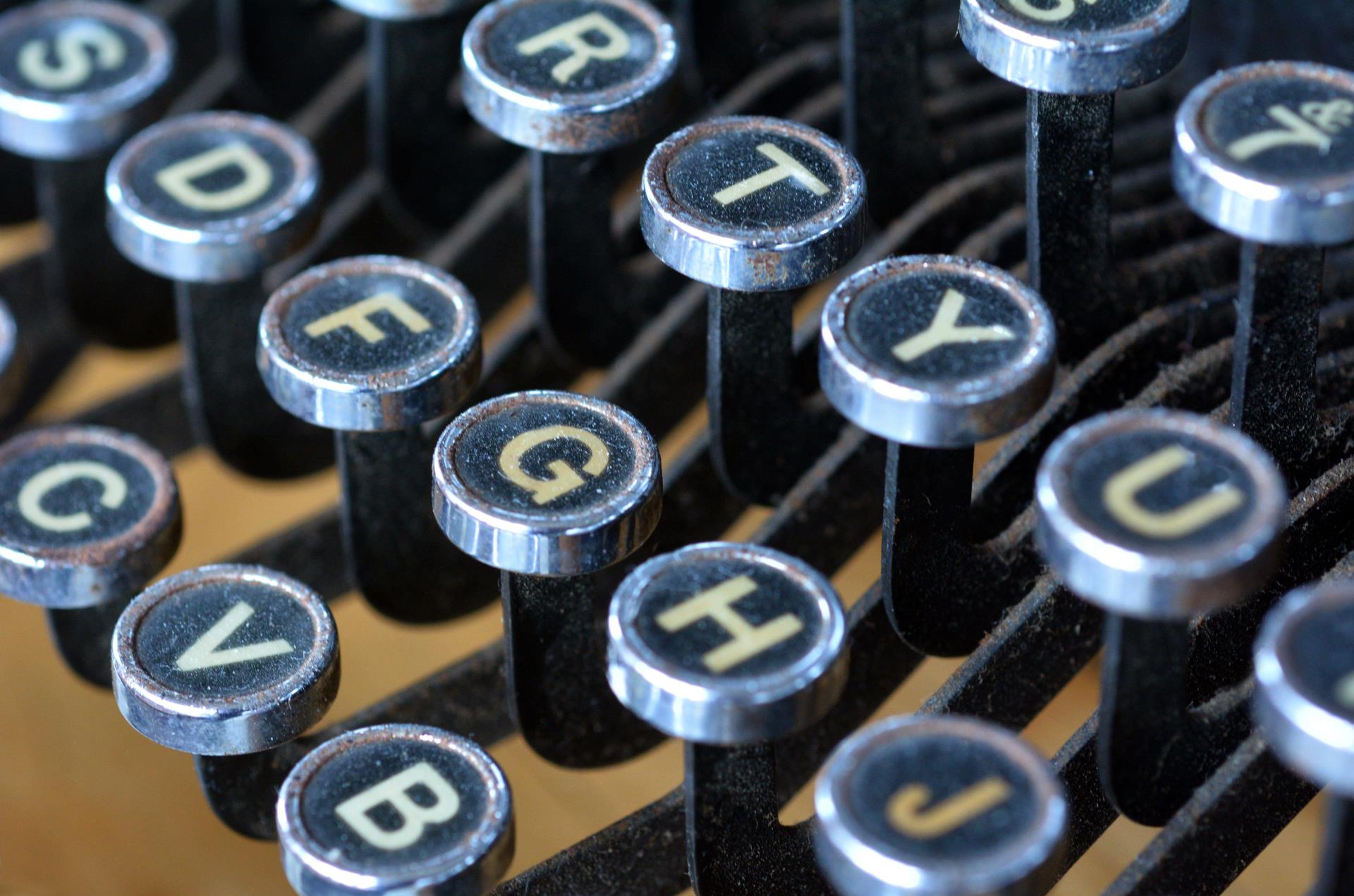When my journalism career started 40 years ago, newspapers had the field to themselves, and the biggest threat to continued commercial success was other newspapers.
The technological revolution, for so long held back by print unions who knew their days were numbered, slashed the cost of production and allowed new titles to spring up – particularly free papers with minimal editorial content, whose proprietors eyed lucrative advertising monopolies enjoyed by many long-standing local and regional titles.
Circulation figures were everything, and as a young deputy editor looking for my first editor’s chair, I would scan the audited sales data published every six months to see where the next vacancies might arise.
Everyone did it, usually to see if their boss was on the way out, because newspaper sales increases meant the editor would be snapped up by a rival keen to know the secret, and anyone running decreases of more than 3% would be for the chop before the next set of figures were released. More than 4% was a summary defenestration.
Now, those classified advertising pots of gold have gone, and the digital revolution has disrupted information business in ways few predicted, and will continue to do so. Millions of people are now publishers, even if they don’t realise it, and sources of news are everywhere at the tap of a phone.
My generation read Sounds or NME and had a glance at their parents’ daily read; now, young people use an average of 22 different sources very month.
News titles are judged by outdated means
Newsrooms have not stood still, operating round the clock, publishing news as it happens on digital platforms, and reaching more people on mobile phones than they ever did in hard copies.
The Times now boasts over 640,000 subscribers, far more than it ever sold in the heyday of print. The Daily Telegraph now has over a million subscribers, not quite matching the height of its print sales, but not far off it.
A modern news operation bears little resemblance to the one I entered. No crescendo of clattering typewriters as deadlines approach or vibrating floors as the presses roll, but screens showing what stories are trending, and news teams reacting to both breaking news and what readers are telling them is catching their interest.
Traditional brand strength in the digital world is vital, but for trusted, well-known titles like The Press and Journal and Evening Express, it cuts two ways; they are recognised for their reliability, but in too many eyes they continue to be judged by outdated means.
The future is bright – and digital
Despite the death of print being predicted for years, it continues, for positive reasons, as an important revenue stream – but it’s not a measure of popularity. In fact, nine out of 10 Scottish adults engage with a news brand every week, and 96% see a local title once a month, which I doubt was the case 40 years ago.
Yet, print sales are still regarded as a fair gauge of performance, when digital publication is where publishers and journalists really earn their corn.
It is for this reason that the Scottish news publishing trade association, the Scottish Newspaper Society, will from this week drop newspaper from its name for the first time in a history going back over 100 years, and will be known as Newsbrands Scotland.
Legacy attitudes towards news publishers and their brands do them a disservice which we need to do all in our power to counter
Our publishers still produce newspapers, but the bread and butter is digital. In a commercial information marketplace dominated by digital giants, legacy attitudes towards news publishers and their brands do them a disservice which we need to do all in our power to counter.
News publishers large and small, whether members of a trade association or not, have a bright digital future, bolstered by their traditions of reliability and trustworthiness. While changing the trade association name isn’t a magic wand, it’s a clear signal to the rest of the media world that Scotland’s news brands mean business in the digital age.
John McLellan is director of Newsbrands Scotland and a former editor of The Scotsman

